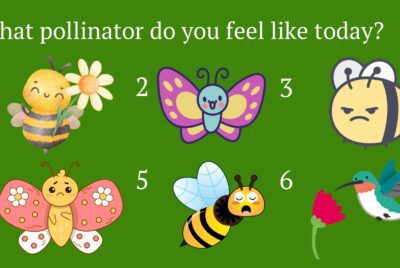RESEARCH
The Study on the Application Mode of Plant Therapy in Landscape Architecture Construction
Summary
This research paper looks at how using plants in landscape design, known as plant therapy, can benefit people. It explains that specially designed botanical gardens are a key way to do this, aiming to create environments that appeal to our senses and make us feel good. These gardens are designed with people’s needs in mind, trying to create a peaceful connection between humans and nature, unlike regular landscaping that often focuses on looks alone. The paper also points out that city residents really want more nature around them, like clean air and green spaces. It discusses how different senses like sight, smell, touch, taste, and hearing are stimulated by plants and natural elements, which can be therapeutic.
The paper explores different ways plant therapy can be used in cities, from green spaces near homes and in communities to gardens at hospitals. These places can offer activities like gardening that help people physically and mentally. For example, working with plants can improve physical strength, build confidence, and reduce stress. The paper also looks at how Japan has actively developed horticultural therapy and landscape treatment facilities. Ultimately, the research suggests that plant therapy, while still new in China, holds significant potential for improving well-being and highlights the need for more research and development in this area.







